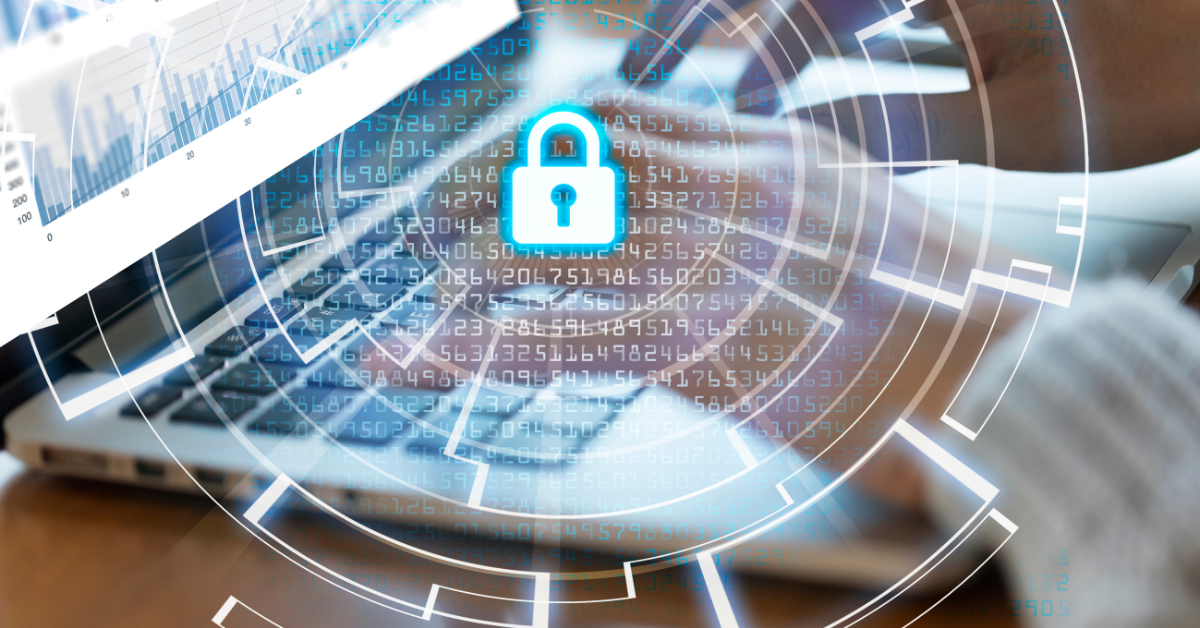In today’s rapidly evolving cybersecurity landscape, relying on traditional perimeter defenses like firewalls and VPNs is no longer enough to safeguard your organization’s data and systems. With the rise of cloud computing, remote workforces, and sophisticated cyberattacks, organizations need a more robust and flexible security model. This is where Zero Trust Security comes into play.
In this blog, we will explore the Zero Trust Security model, why it’s essential in 2025, and how organizations can transition beyond traditional perimeter-based defenses to a more adaptive and comprehensive security strategy.
What is Zero Trust Security?
The Zero Trust model is a security framework built on the principle that no one—whether inside or outside the network—should be trusted by default. Instead, every user, device, and system must be authenticated and authorized before accessing any resources, regardless of their location. This approach challenges the traditional model, which assumes that once users are inside the network, they can be trusted.
Zero Trust relies on the following principles:
- Verify explicitly: Always authenticate and authorize based on the least privilege principle, ensuring users and devices only have access to the resources they need.
- Assume breach: Assume that a breach could occur at any time, and ensure that security measures are in place to detect and respond to any suspicious activity.
- Micro-segmentation: Break the network into smaller segments to limit access to sensitive data, ensuring that even if one part of the network is compromised, the rest remains secure.
With cyberattacks becoming more sophisticated, Zero Trust security offers a dynamic defense that continuously adapts and strengthens the protection of sensitive data.
Why Traditional Perimeter Defenses Are No Longer Enough
1. The Rise of Remote Work and Cloud Adoption
With the shift to remote work and the widespread use of cloud services, traditional perimeter defenses have become increasingly ineffective. In the past, securing the perimeter of a corporate network (e.g., using firewalls and VPNs) was sufficient to protect sensitive data. However, with employees and devices accessing company resources from various locations, and data moving between on-premises and cloud environments, the perimeter is no longer clearly defined.
2. Increasingly Sophisticated Cyberattacks
Modern cyberattacks, like phishing, ransomware, and advanced persistent threats (APTs), have made traditional defenses less effective. Attackers can often bypass firewalls and VPNs by exploiting vulnerabilities in systems, leveraging stolen credentials, or exploiting human error. Once inside the network, they can move laterally, compromising sensitive data without being detected.
3. Insider Threats
Not all security threats come from external attackers. Insider threats, whether intentional or accidental, represent a significant risk to data and systems. With traditional security models, trusted internal users may be able to access confidential resources without sufficient checks. Zero Trust mitigates this risk by continuously verifying all users, even those inside the organization.
Why Zero Trust Security Is Crucial in 2025
The cybersecurity landscape is constantly evolving, and organizations must adopt new strategies to stay ahead of emerging threats. Here’s why Zero Trust Security is essential in 2025:
1. Increased Data Breaches and Compliance Requirements
As more data moves to the cloud and organizations collect larger amounts of personal information, breaches are becoming more frequent and costly. Regulations like GDPR, CCPA, and HIPAA impose strict requirements for data protection, and non-compliance can lead to heavy fines and reputational damage. Zero Trust ensures that organizations meet compliance requirements by protecting sensitive data at every access point.
2. Enhanced Protection for Remote Workforces
The rise of remote work means employees are accessing business resources from outside the organization’s perimeter, often using personal devices. Zero Trust ensures that every access request is authenticated, verified, and authorized—regardless of the user’s location. This enhances security for the growing remote workforce and helps prevent unauthorized access.
3. Reduced Attack Surface
Zero Trust minimizes the attack surface by segmenting networks and granting the minimum necessary access to resources. This reduces the likelihood of lateral movement within the network and limits the damage a breach can cause. Even if a hacker gains access to one part of the network, Zero Trust ensures they cannot easily move to other parts without proper authorization.
4. Continuous Monitoring and Adaptive Security
Unlike traditional security models that rely on perimeter defenses and static security measures, Zero Trust continuously monitors user and device behavior and adapts its security measures accordingly. It proactively detects anomalies, suspicious activities, and policy violations, enabling faster incident response and mitigation.
How to Implement Zero Trust Security
Adopting Zero Trust Security can seem daunting, but the following steps will guide organizations through the transition to this robust security model:
1. Assess Current Security Posture
The first step to implementing Zero Trust is evaluating your current security measures. Identify potential vulnerabilities in your existing network, including areas where traditional perimeter defenses fall short. A comprehensive risk assessment will help you understand where Zero Trust needs to be applied and where you may need to improve controls.
2. Define Trust Boundaries and Segmentation
Zero Trust requires micro-segmentation to create trust boundaries within your network. Break your network into smaller, secure zones to ensure that sensitive data is protected, even if one segment is compromised. Implement role-based access control (RBAC) to limit who can access specific resources based on their role.
3. Adopt Strong Authentication and Authorization
Implement multi-factor authentication (MFA) for all users to ensure that each access request is properly verified. MFA significantly strengthens authentication and reduces the risk of unauthorized access. Use identity and access management (IAM) tools to enforce strict access control and least privilege access policies.
4. Continuously Monitor and Respond to Threats
Zero Trust requires continuous monitoring of user and device behavior across the network. Implement Security Information and Event Management (SIEM) systems to detect suspicious activity in real time and enable automated responses. Continuous monitoring helps ensure that potential threats are detected before they can cause damage.
5. Educate Employees on Security Best Practices
Your employees are the first line of defense. Provide regular security training to ensure they understand the principles of Zero Trust and how to comply with security protocols. This will reduce the likelihood of successful phishing and other social engineering attacks.
Conclusion: The Future of Cybersecurity with Zero Trust
As we move further into 2025, cybersecurity threats will continue to evolve, and traditional perimeter defenses will become increasingly inadequate. Zero Trust Security offers a comprehensive, adaptive defense strategy that ensures every access request is verified, authorized, and monitored. By implementing Zero Trust, businesses can secure their data, mitigate risks, and comply with privacy regulations while ensuring a safe and resilient IT environment.
In a world where remote work and cloud adoption are the norm, Zero Trust is the key to securing every corner of your network. As we continue to celebrate the spirit of independence and progress in our nation, it’s important to remember that securing our digital assets is just as crucial as protecting our physical infrastructure. The future of cybersecurity is Zero Trust, and businesses that adopt this model will be better prepared for the challenges of tomorrow.



